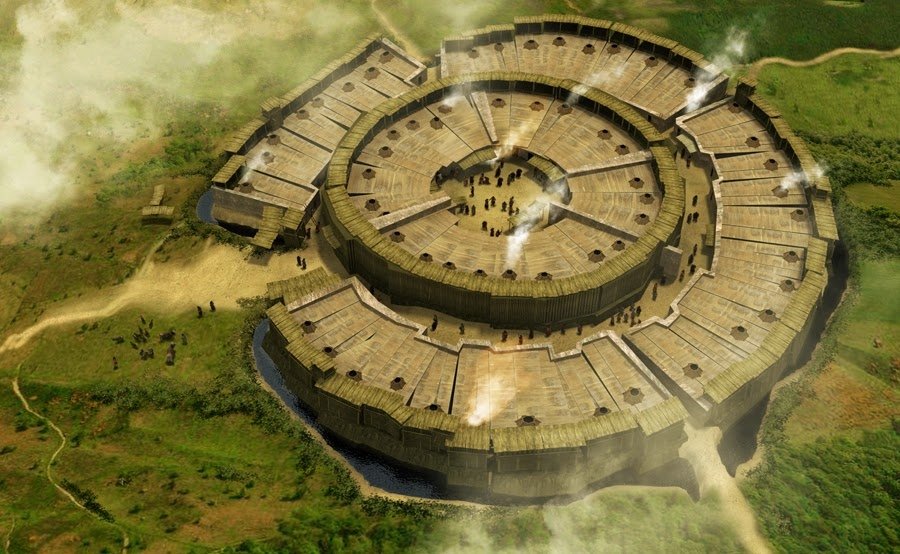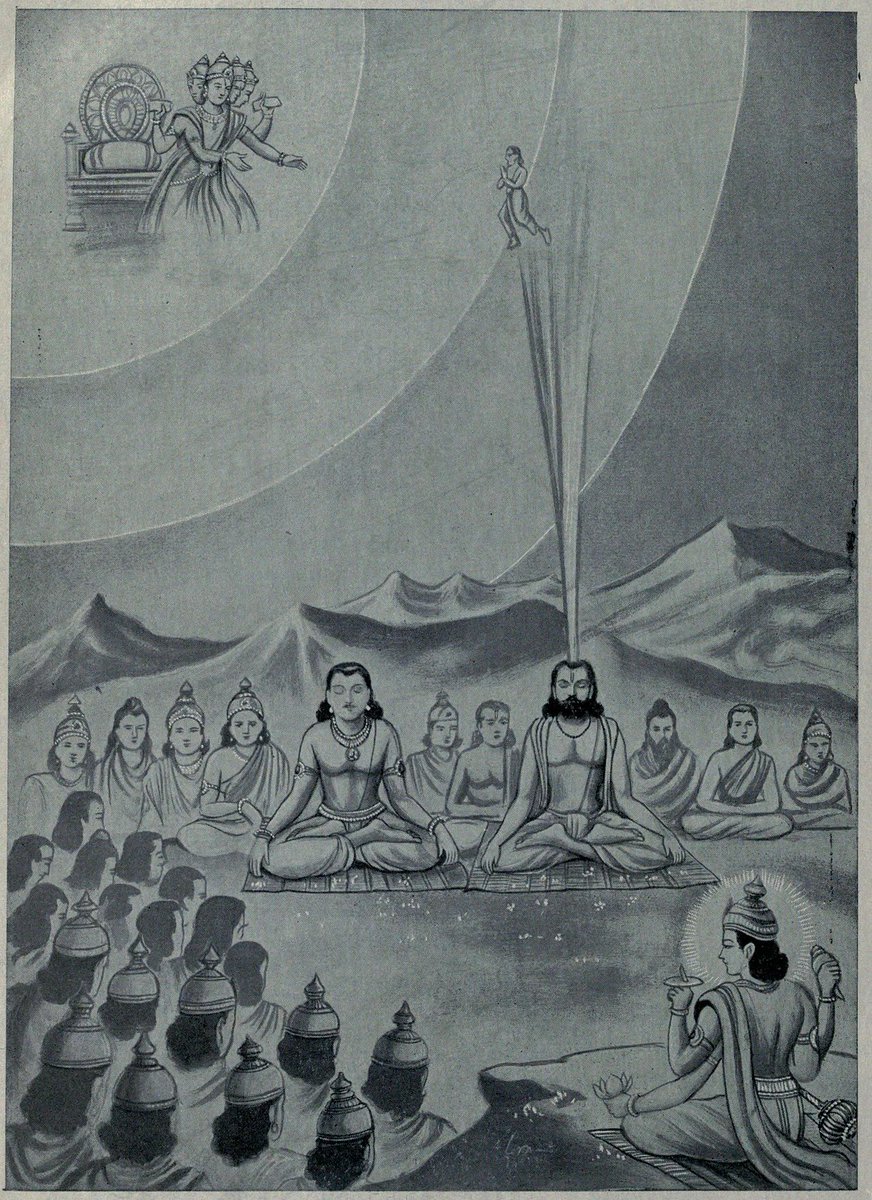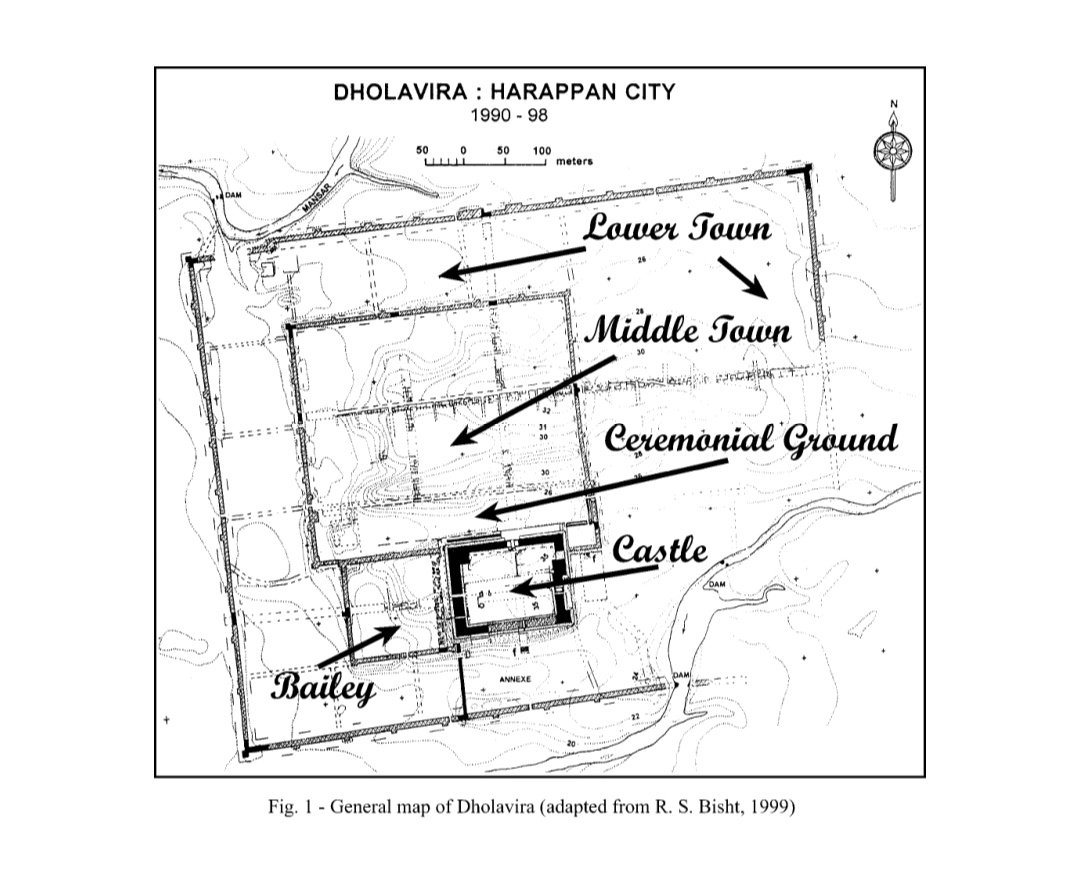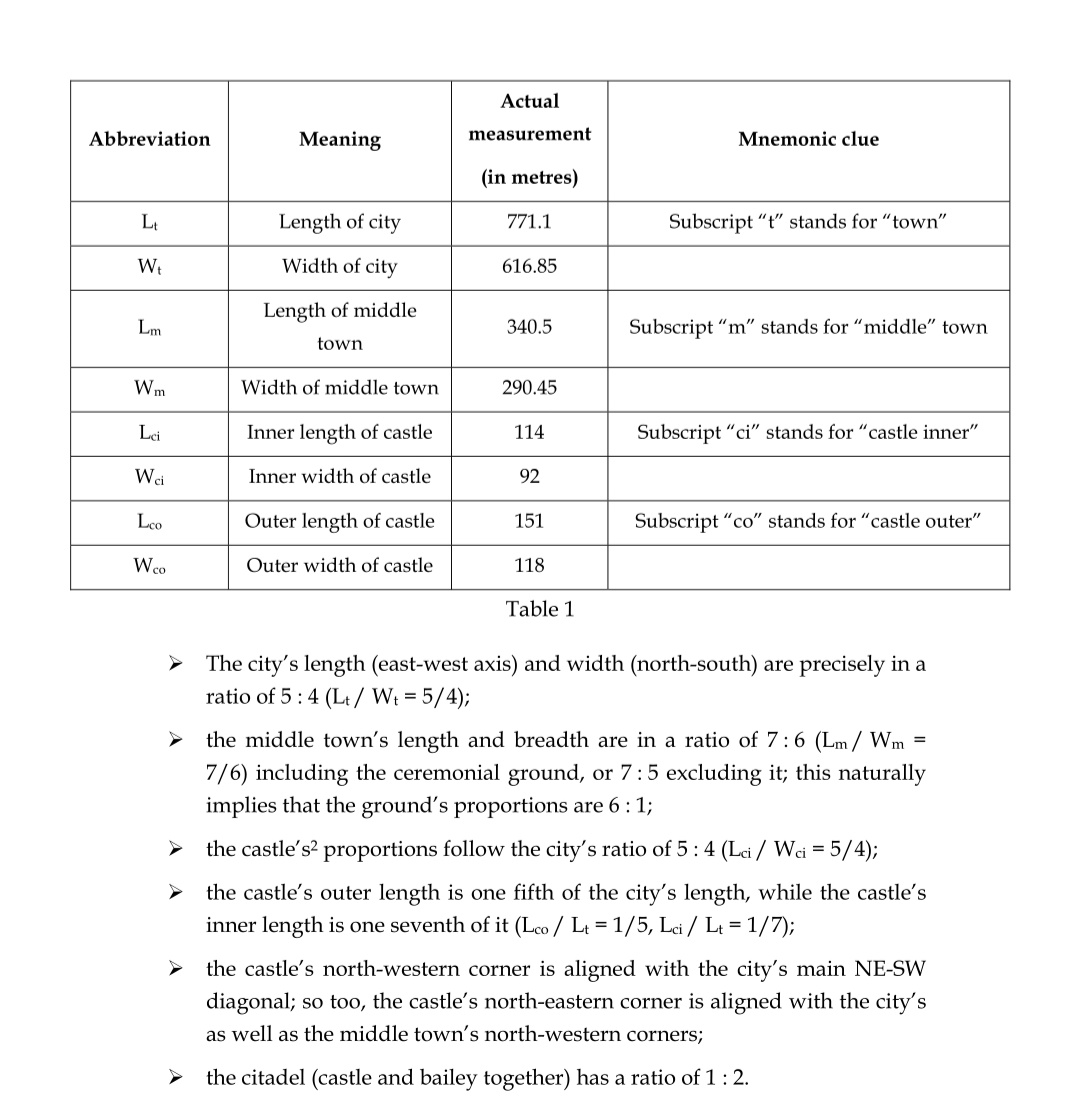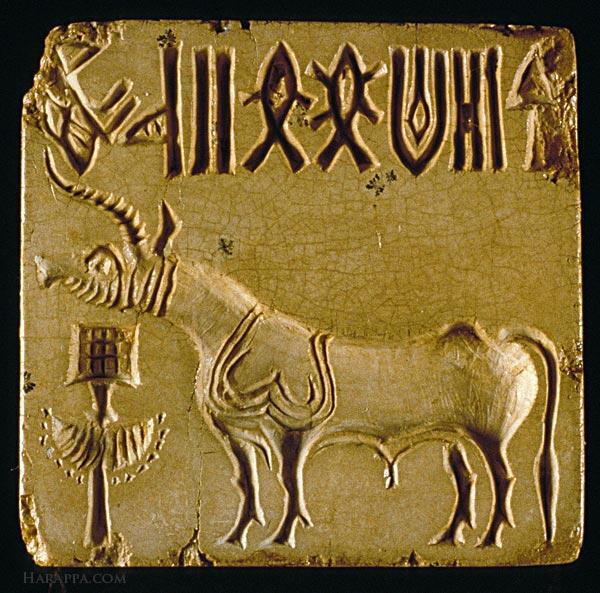
Understanding the concept of Sun god in Ancient Indian culture & it's importance,
In this thread two aspects "Sūrya" & "Savitṛ" analysed in detail.
In this thread two aspects "Sūrya" & "Savitṛ" analysed in detail.
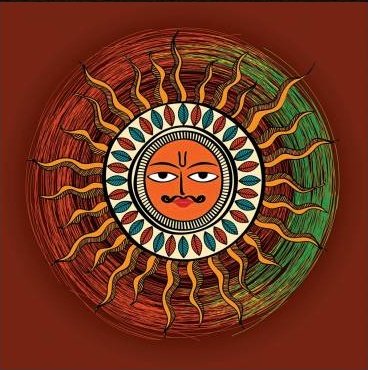
With the rising and setting, the Sun creates the day and night. Being the creator of the day and night, it provides heat and light towards the whole universe and gives food and vegetation to all the creatures.
Different aspects and positions of the Sun have given rise to independent Sun-gods in the Vedic literature and thus a group of solar divinities is formed.
In the Bṛhaddevatā, Śaunaka directs the Sun as the very soul of all other gods
In the Chāndogyopaniṣad, the Sun-god is worshipped as the symbol of Brahman.
In the Chāndogyopaniṣad, the Sun-god is worshipped as the symbol of Brahman.

The rising, mounting and setting are the three important aspects of the Sun. In his stimulative aspect, Sūrya is worshipped under the name Savitṛ, cf. savitā sarvasya prasavitā. Varuṇa is the nocturnal Sun. Mitra is regarded as the Sun-god of the day.
In his friendly aspect, he is called Mitra. Being Mitra, he preserves the whole universe from destruction.
Again, Sūrya is Viṣṇu, the god of wide space, representing the sunbeam in the sky. Sūrya is called Pūṣan, nourishing the whole world with its abundance of rays.
Again, besides these, Sūrya is invoked in the Vedic literature under the names Bhaga, Vivasvat, the Aśvins, Aryaman, Parjanya, etc. In this way, several names are found used for the Sun-god and a common group of Āditya is formed.
Sūrya is the most concrete of the solar deities that represents the simplest and most direct form. The bright orb of the Sun is praised highly in the Ṛgvedasaṃhitā. 

In the Vedic literature, Sūrya is mentioned as moving on a car with one steed, i.e. etaśa, or seven mares called haritaḥ, or seven horses, i.e. aśva, or with indefinite number of steeds. His horses are commonly called ketavaḥ, i.e. the rays of the Sun.
Sāyaṇācārya has clearly stated that saptaharitaḥ are simply his rays
Even after death also, as stated in the Ṛgvedasaṃhitā, the sunrays lead man to Brahmaloka.
Even after death also, as stated in the Ṛgvedasaṃhitā, the sunrays lead man to Brahmaloka.

In his luminous form, Sūrya is compared to the golden disc or ornament that shines in the sky.
The atmospheric aspect of Sūrya is well-delineated in the Vedas. Sūrya shines in the firmament and enlightens the whole universe. He is called śukra for his brightness
Sūrya is the god with scorching heat and light. The moon and all the planets of the sky borrow their light away
Sūrya is the god with scorching heat and light. The moon and all the planets of the sky borrow their light away
from the Sun and shine in the sky. For such Sūrya is called jyotiṣkṛt.("taraṇirviśvadarśato jyotiṣkṛdasi sūrya/ ṚV 1.50.4) The moon is called Āditya for taking its light away from the Sun (SBr 11.8.3.11)
The Aitareyabrāhmaṇa also, points out that the moon is born of the Sun:
ādityād vai candramā jāyate/ (45.5)
ādityād vai candramā jāyate/ (45.5)
There is very nice passage in Taittirīyasaṃhitā, 3.2.2.2, The Vedic seer observes that the Sun, as if, wears the dirty clothes at the night and in the morning he wears the clean clothes
In the Bṛhadāraṇyakopaniṣad, Sūrya is invoked as that supreme power, which is capable of destroying the ignorance with his light. Sūrya is invoked to unveil the face of Satya Brahman by spreading his rays that is covered with the veil of ignorance 

In the Vedas, Sūrya is compared to a horse that drives the year or saṃvatsara in the form of one-wheeled chariot RV 1.164.2
Again, the one wheeled-chariot is mentioned with the twelve spokes, i.e. dvādaśāra By these 12 spokes, 12 months of the year are interpreted.
Again, the one wheeled-chariot is mentioned with the twelve spokes, i.e. dvādaśāra By these 12 spokes, 12 months of the year are interpreted.

The golden deity Savitṛ is mentioned in the Vedas as the supporter of the sky, i.e. divo dhartā (RV 4.53.2)
Savitṛ diffuses his rays preceded by Uṣas,impels Sūrya, and impels the car of the Aśvins.
Savitṛ diffuses his rays preceded by Uṣas,impels Sūrya, and impels the car of the Aśvins.
Sāyaṇācārya has interpreted the identification of the two divinities, Savitṛ and Sūrya by saying that though they are same as regards their divinity, but they are different in their forms and one may go to the other
In the SBr, they are said as identical, in the Upaniṣads by means of Savitṛ prayer, the worship of the Sun is ordained.(Maitrī Up 6.7)
The atmospheric character of Savitṛ becomes clear with his portrayal in the Vedas as the illuminator of the three regions, viz. the air, heaven and earth. The brightness of the deity illumines the eight points of the earth, along with three desert regions and the seven rivers.
Besides this, Savitṛ conveys the departed spirit to the righteous.
He is mentioned in the Vedas as the highest light. He is worshipped to bring the light.
He is mentioned in the Vedas as the highest light. He is worshipped to bring the light.

Savitṛ is praised in the Gāyatrīmantra. Not only in the Saṃhitās, but in the Brāhmaṇas, Āraṇyakas, Upaniṣads and Sūtras also, the application of Gāyatrīmantra is mentioned. In the Ṛgvedasaṃhitā, in a single verse only the invocation occurs.(3.62.10)
The Gāyatrīmantra contains the notion that solar light is the symbol of ultimate knowledge and reality.
Savitṛ is worshipped along with the other gods in the Agnihotra sacrifice, and aṣṭakapāla offerings. He is the divine object of meditation.
Savitṛ is worshipped along with the other gods in the Agnihotra sacrifice, and aṣṭakapāla offerings. He is the divine object of meditation.
• • •
Missing some Tweet in this thread? You can try to
force a refresh


